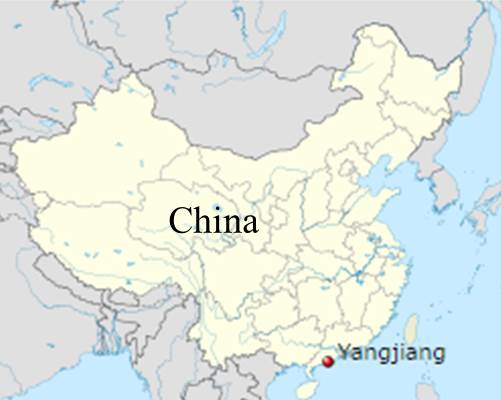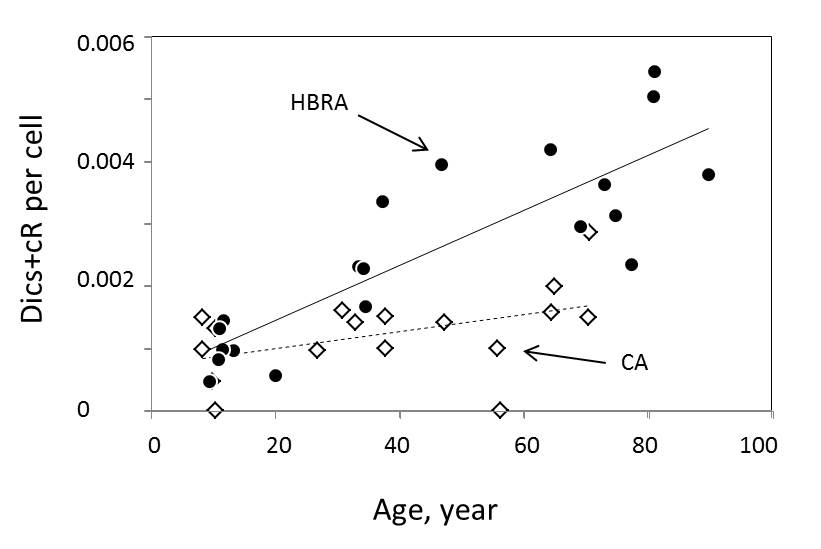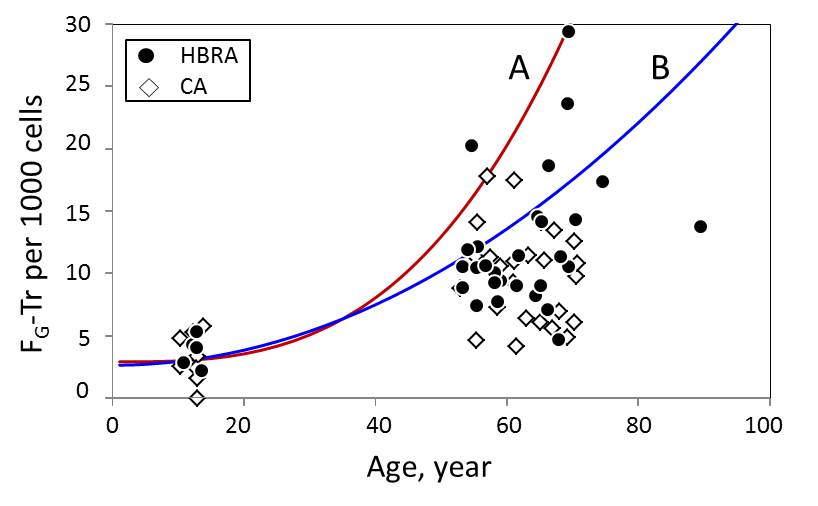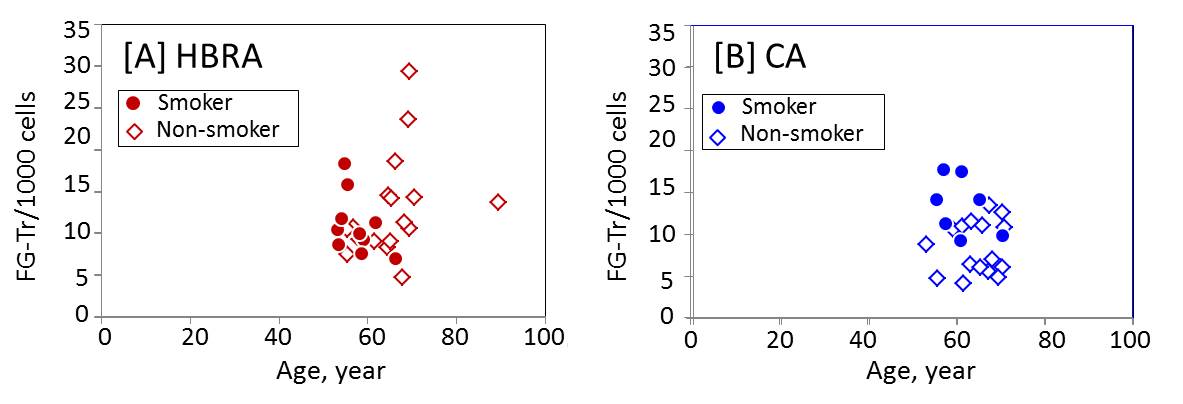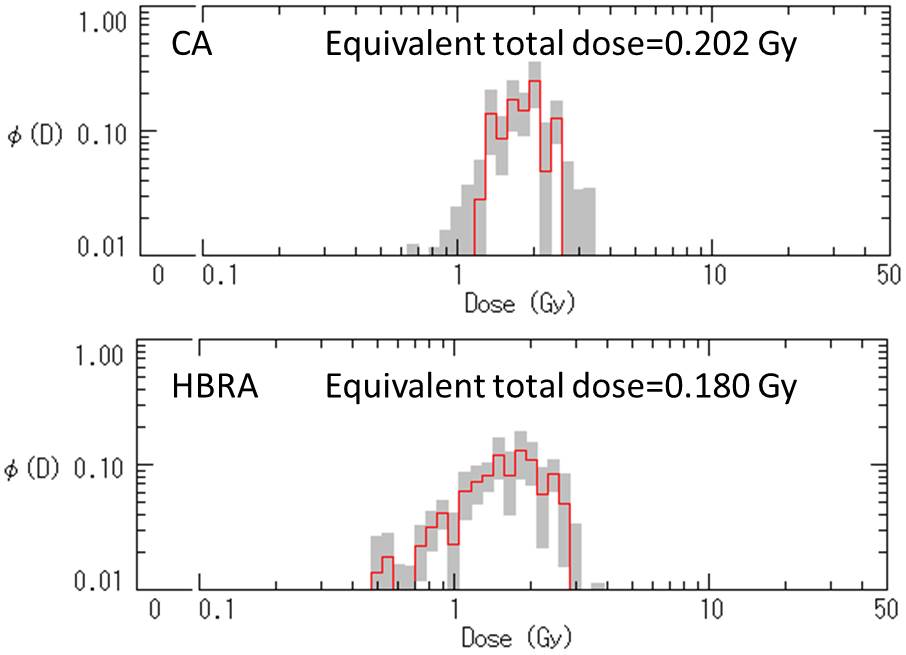Yangjiang county, Guangdon province, is located in the southern China. During geologic history, monazite in mountains was washed out by rain and radionuclide containing monazite sands have been accumulated in the basin region resulting in a high background radiation area (HBRA). Following the pioneer work by High Background Radiation Research Group of China (Science 209:877-880, 1980), China-Japan cooperative research was established in 1991 and comprehensive studies on cancer risk and cytogenetic analysis on the inhabitants have been carried out until 2001 (Wei, L. and Sugahara, T., J. Radiat. Res., 41<suppl>:1-7, 2000).
The high level of background radiation in this area is due to 232Th and 238U and their decay products. Control populations (CA) were taken from neighboring Hampizai village but without high background radioactivity. The ambient dose to the residents was estimated by NaI (T1) scintillation counter for indoor and outdoor dose and by personal monitors of electronic pocket dosimeter and thermoluminescence dosimeter (TLD). The external dose measure by TLD was converted to the personal dose by conversion from mR to mGy and further to personal dose with phantom using conversion factor of 0.87 and 0.96, respectively. (Morishima, H. et al. J. Radiat. Res., 41<suppl>:9-23, 2000; Nakai, S. et al. (1997): In, Wei, L. et al. eds. High Levels of Natural Radiation 1996: Radiation Dose and Health Effects, Elsevier, Amsterdam, pp.307-315.).
